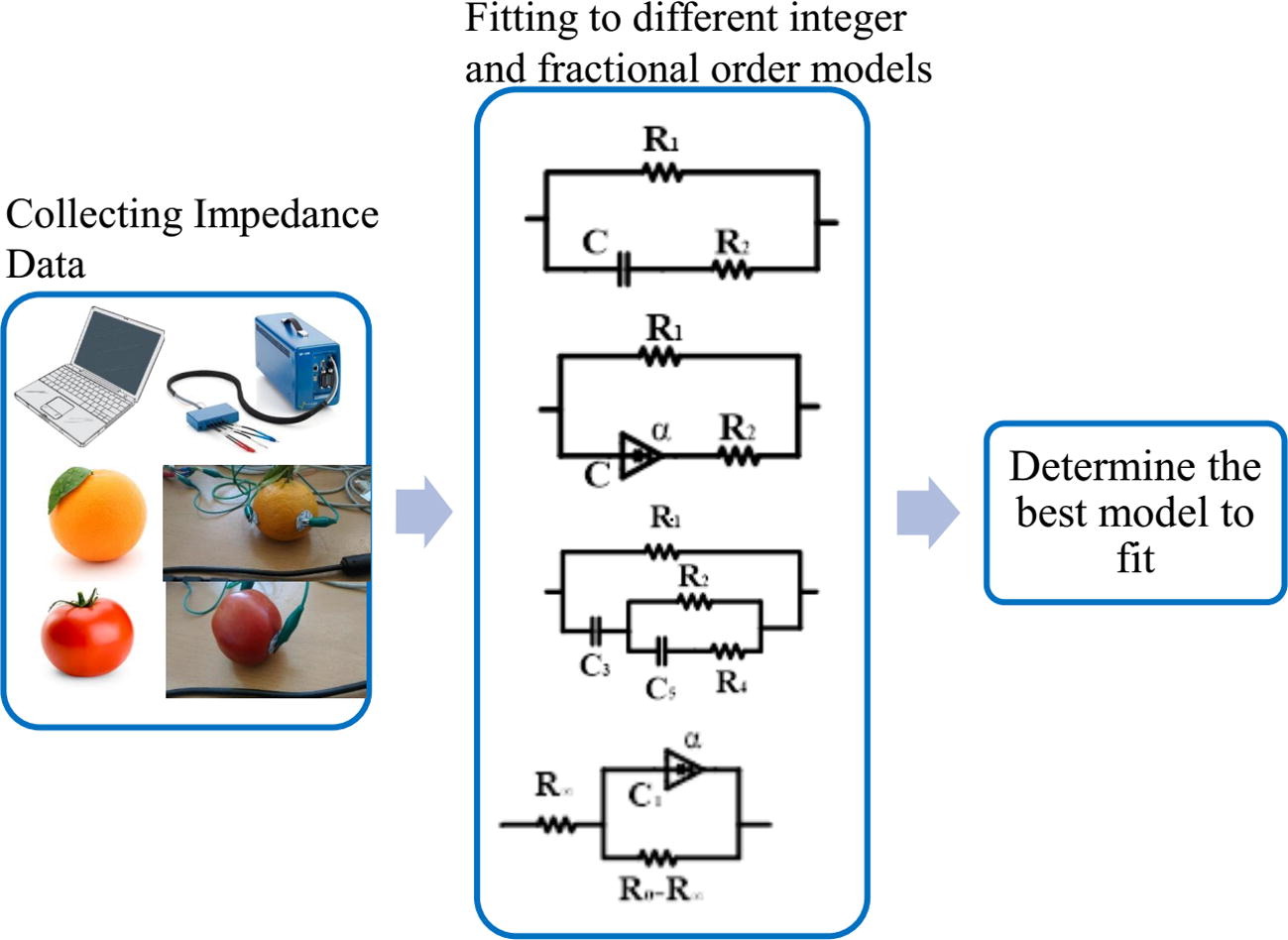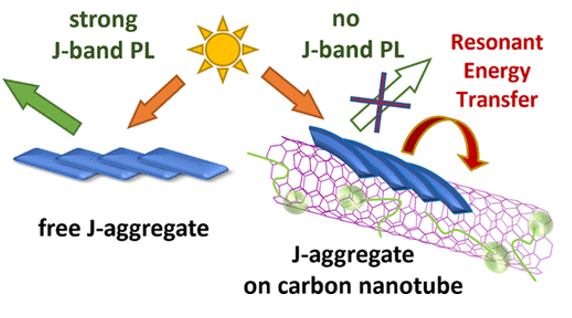Fabrication of bio-plastic composite pellets from agricultural waste and food waste
This study aims to produce starch bioplastic pellets from food waste such as potato peels. Measuring the ease of flow of the melt is crucial for producing these pellets. The melt flow index (MFI) is measured in this study to evaluate the consistency of the produced pellets and determine the extent of degradation of the plastic because of molding. This study investigates the effect of adding different fillers to the starch matrix on reducing the MFI value. The fillers used in this work are nano chitosan, nano potato peel, and micro cellulose fillers. The fillers were used with different
Extending the double-dispersion Cole–Cole, Cole–Davidson and Havriliak–Negami electrochemical impedance spectroscopy models
Double-dispersion impedance models are important for the accurate fitting of spectral impedance measurements in Electrical Impedance Spectroscopy (EIS). While the Cole–Cole model is the most widely known, it is possible to define double-dispersion Cole–Davidson and Havriliak–Negami models as well. In this work, we show that more freedom can be exercised when these three models are combined together and that this combination can be done in various forms. Experimental results using a two-stage optimization algorithm applied on the suggested models are provided. © 2021, European Biophysical
Extraction of Phase Information from Magnitude-Only Bio-impedance Measurements Using a Modified Kramers–Kronig Transform
The need for portable and low-cost bio-impedance analyzers that can be deployed in field studies has significantly increased. Due to size and power constraints, reducing the hardware in these devices is crucial and most importantly is removing the need for direct phase measurement. In this paper a new magnitude-only technique based on modified Kramers–Kronig transforms is proposed and tested. Comparison with impedance measurements of fresh and aging tomato samples using a precise industry standard impedance analyzer is carried out and explained. Error and noise analysis of the proposed
Extraction of bioimpedance phase information from its magnitude using a non-uniform Kramers–Kronig transform
A novel non-uniform Kramers–Kronig Transform algorithm for bioimpedance phase extraction is proposed and tested in this work. The algorithm error is studied and compared with a previously proposed phase extraction technique, also based on the Kramers–Kronig transform. Results using simulated datasets and experimental datasets confirm the excellent performance of the algorithm. © 2020, European Biophysical Societies' Association.

Banana ripening and corresponding variations in bio-impedance and glucose levels
This paper studies banana fruit ripping using the Cole-impedance model fitted over the measured bio-impedance data by monitoring the changes in the model parameters during the different ripping stages. A set of twenty bananas are tested for 84 hours, and impedance measurements are done every 12 hours using an SP150 electrochemical station. The changes in model parameters are related to the physical changes in the fruit as well as with the glucose concentration, which increases with time. © 2019 IEEE.

Experimental comparison of integer/fractional-order electrical models of plant
In this paper, different integer and fractional-order models are studied from electrical point of view, these models are used to fit the measured impedance data for different types of fruits and vegetables. Experimental work is done on eight different models for six types of fruits to verify the best fitting model. Electric impedance is measured in the range of frequencies (200 mHz–200 Khz) using a non-destructive method, where the tissues are not damaged by electrode insertion. Moreover, two integer order models have been extended to the fractional order domain where data analysis and fitting

The effective antagonistic potential of plant growth-promoting rhizobacteria against Alternaria solani-causing early blight disease in tomato plant
Tomato plants can be infected by several diseases, among them, the early blight disease, caused by the necrotrophic fungus Alternaria solani is very dangerous. Plant growth promoting rhizobacteria (PGPR) are enhanced the plant growth and suppress plant diseases. The current study was conducted in a pot experiment to investigate the bio-efficacy antagonistic bacterial isolates as either individual or combination against tomato early blight disease. Disease severity and protection percent, morphological indicators as well as yield characters were recorded. In vitro antagonistic activity assay of
Chitosan and EDTA conjugated graphene oxide antinematodes in Eggplant: Toward improving plant immune response
A new strategy regarding the fabrication of chitosan (CS) or ethylene diamine tetraacetic acid (EDTA) on graphene oxide (GO) was performed. The nematocidal potential against Meloidogyne incognita causing root-knot infection in eggplant was tested. The plant immune response was investigated through measuring the photosynthetic pigments, phenols and proline contents, oxidative stress, and antioxidant enzymes activity. Results indicating that, the treatment by pure GO recorded the most mortality percentages of M. incognita 2nd juveniles followed by GO-CS then GO-EDTA. In vivo greenhouse

J-aggregates of amphiphilic cyanine dyes for dye-sensitized solar cells: A combination between computational chemistry and experimental device physics
We report on the design and structure principles of 5,5′-6,6′-tetrachloro-1,1′-dioctyl-3,3′-bis-(3-carboxypropyl)-benzimidacarbocyanine (Dye 1). Such metal-free amphiphilic cyanine dyes have many applications in dye-sensitized solar cells. AFM surface topographic investigation of amphiphilic molecules of Dye 1 adsorbed on TiO2 anode reveals the ability of spontaneous self-organization into highly ordered aggregates of fiber-like structure. These aggregates are known to exhibit outstanding optical properties of J-aggregates, namely, efficient exciton coupling and fast exciton energy migration
Recent Trends of Recycled Carbon-Based Nanomaterials and Their Applications
“There’s Plenty of Room at the Bottom: An Invitation to Enter a New Field of Physics” said Richard Feynman in 1959, this lecture opened the way to the new field of science which we know today as nanotechnology. Materials’ manipulation at a very small size, ranges from 1 to 100 nm (nanoworld or the nano-edge) is well-known as nanotechnology. Since then, a lot of investigations and research were devoted by many researchers around the globe to keep an eye on the different properties and behavior of nanomaterials. Materials with at least one nanoscale dimension are called nanomaterials that have
Pagination
- Previous page ‹‹
- Page 4
- Next page ››
